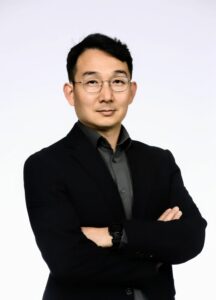Advanced Modelling and Hybrid Simulation Research Group
My research program has focused on developing and applying an advanced simulation method for assessing complex structural systems. Based on the concept of hybrid (experiment analysis) simulation, the simulation method can integrate experimental elements at geographically distributed testing facilities and various numerical elements modelled with specialized analysis tools. Integrating these physical and numerical elements results in a realistic response prediction of complex nonlinear structural systems subjected to various loads such as earthquakes, fires, or wind. My research group has been developing a high-level framework and algorithms for the integrated simulation and a software package for integrating various numerical analysis tools. Details on the simulation framework can be found at the project website: www.ut-sim.ca

The research program on the hybrid simulation method was initially focusing on the assessment of nonlinear structural systems subjected to strong ground motions. Since 2014, my research group has extended the simulation method to evaluate structures subjected to fire or wind loads. For structures subjected to fire load, accurate numerical modelling of structural element’s behaviour subjected to high temperature is very difficult, for which the integration of experimental specimen with a numerical model of the rest of the system can greatly improve the accuracy of the system-level assessment. In developing the hybrid fire simulation method, we overcame various challenges to make the method robust. For structures subjected to wind load, computational fluid-dynamics analysis for wind-structure interaction is time-consuming and often inaccurate. Thus, representation of the wind-structure interaction through an experiment that is integrated with a numerical model of a structural system can improve the accuracy in the prediction of the dynamic response of a structural system. My research group designed novel experimental apparatus by integrating linear motors, motor drives, real-time controllers, etc., which were very new in the research field. We developed two apparatuses: one for the high-rise building and another for the bridge deck. My research group is one of the first research groups in the world which explore hybrid fire simulation and hybrid wind simulation. Further details on the research program can be found on the Research Page.
Contact
os.kwon[at]utoronto.ca, 416-978-5908
35 St. George St.
Toronto, ON M5S 1A4
